Week 1: Campaign Analysis and Optimization
Day 1-2: Campaign Audit
- Review all current campaigns.
- Identify high ACoS keywords, low-performing ASINs, and non-converting search terms.
- Analyze performance metrics: CTR, CVR, and spend.
Day 3: Keyword Review
- Export a search term report.
- Separate high-performing keywords from low-performing ones.
- Identify potential negative keywords.
Day 4: Negative Keyword Implementation
- Add irrelevant and high-cost, low-conversion terms to negative keywords.
- Apply negative targeting in both automatic and manual campaigns.
Day 5: Bid Optimization
- Lower bids for high ACoS keywords.
- Increase bids for low ACoS, high-converting keywords.
- Adjust placement modifiers (e.g., Top of Search) for profitable keywords.
Day 6: Product Listing Audit
- Ensure product titles, images, bullet points, and descriptions are optimized for conversions.
- Focus on high-quality images and SEO-optimized content.
Day 7: Budget Allocation
- Reallocate budgets to best-performing campaigns and pause campaigns with no ROI.
Week 2: Data-Driven Refinements
Day 8: Focus on Match Types
- Refine campaigns by transitioning broad match keywords to phrase and exact match.
- Create separate campaigns for exact match and monitor them closely.
Day 9-10: Targeted ASIN Optimization
- Use Sponsored Display and Sponsored Product targeting for competitor ASINs with low reviews or similar products.
Day 11: Placement Adjustments
- Review placement reports.
- Increase bids for placements that perform better (e.g., top of search).
Day 12: A/B Testing
- Test ad creatives (titles, images) or ad copy for Sponsored Brands.
- Monitor the performance for variations.
Day 13: Launch Auto Campaign Adjustments
- Review and refine automatic campaigns to focus on high-converting terms.
- Add low-performing terms from auto campaigns to negative keywords.
Day 14: Week 2 Recap
- Analyze all adjustments made during Week 2.
- Note improvements in CTR, CVR, and ACoS metrics.
Week 3: Scaling and Experimentation
Day 15: Introduce New Targeting Campaigns
- Launch category targeting campaigns for related products.
- Experiment with niche or complementary product categories.
Day 16-17: Sponsored Brands Campaigns
- If eligible, create or optimize Sponsored Brands campaigns.
- Use lifestyle images and add a strong call-to-action in the headline.
Day 18: Budget Scaling
- Gradually increase the budget for campaigns with ACoS below your target.
- Decrease budgets for high-AcoS campaigns with no conversion improvement.
Day 19: Dayparting Analysis
- Review performance trends by time of day.
- Adjust campaign schedules to allocate spend during high-converting hours.
Day 20: Competitor Analysis
- Analyze competitor ads using tools like Helium 10 or Jungle Scout.
- Identify keywords or placements you aren’t yet targeting.
Day 21: Week 3 Review
- Evaluate scaling efforts.
- Review new campaigns for initial performance trends.
Week 4: Advanced Optimization
Day 22: Refine Existing Campaigns
- Reassess high-performing and underperforming keywords.
- Revisit bid adjustments based on new data.
Day 23-24: Sponsored Display Campaigns
- Optimize Sponsored Display targeting for audience-based retargeting and views remarketing.
- Increase bids for profitable audiences.
Day 25: Long-Tail Keyword Targeting
- Introduce long-tail keywords with lower competition.
- Create a dedicated exact match campaign for them.
Day 26: Review Campaign ROI
- Calculate the ROI of each campaign.
- Consider pausing campaigns with unsustainable ACoS.
Day 27: Optimize for Mobile Shoppers
- Adjust creatives and bids for mobile placements based on reports.
Day 28: Brand Analytics Review
- Use Amazon’s Brand Analytics (if available) to find new opportunities for targeting.
Day 29: Prepare for Month-End Report
- Consolidate all campaign data: ACoS, CTR, sales, impressions, and total spend.
- Identify trends and areas for improvement.
Day 30: Month-End Campaign Assessment
- Write a full campaign performance report.
- Outline what worked, what didn’t, and the next steps for the upcoming month.
This plan focuses on continuous analysis, refinement, and scaling to optimize your campaigns, lower ACoS, and drive sales efficiently.
